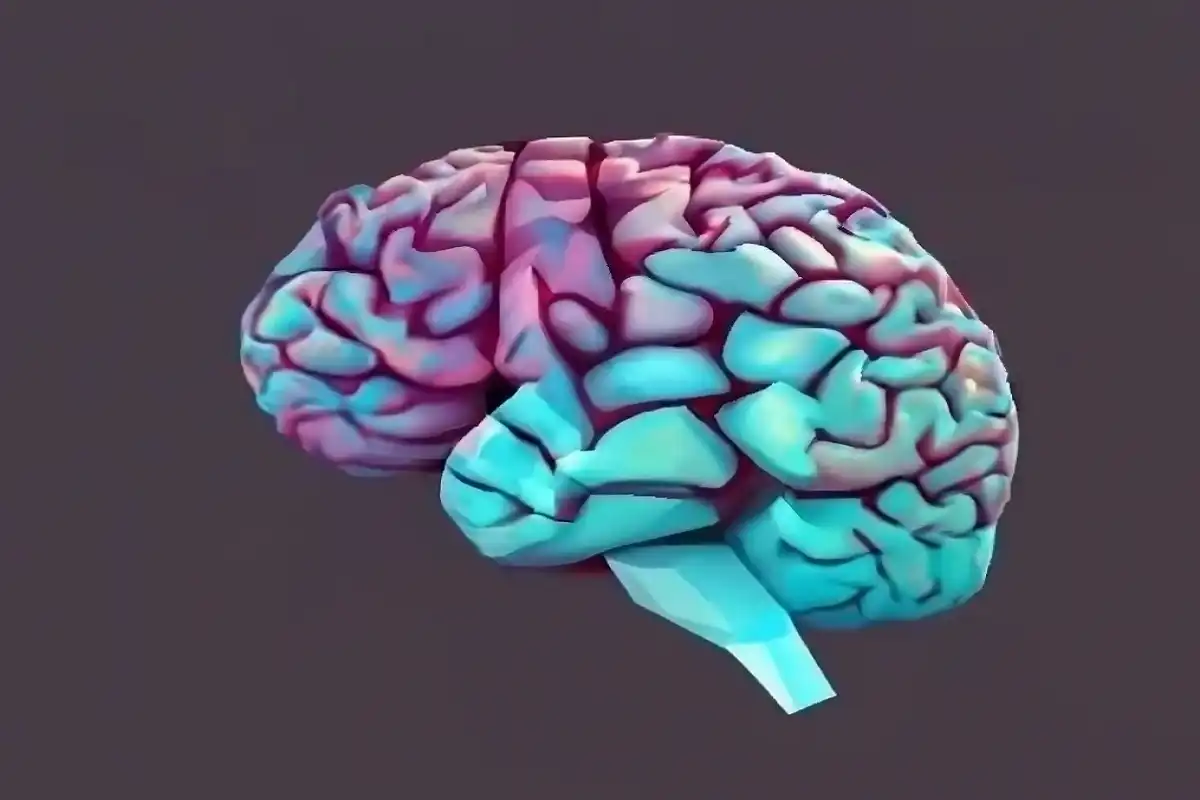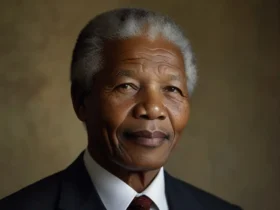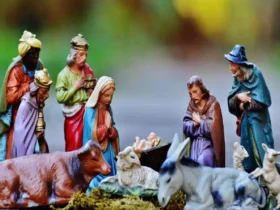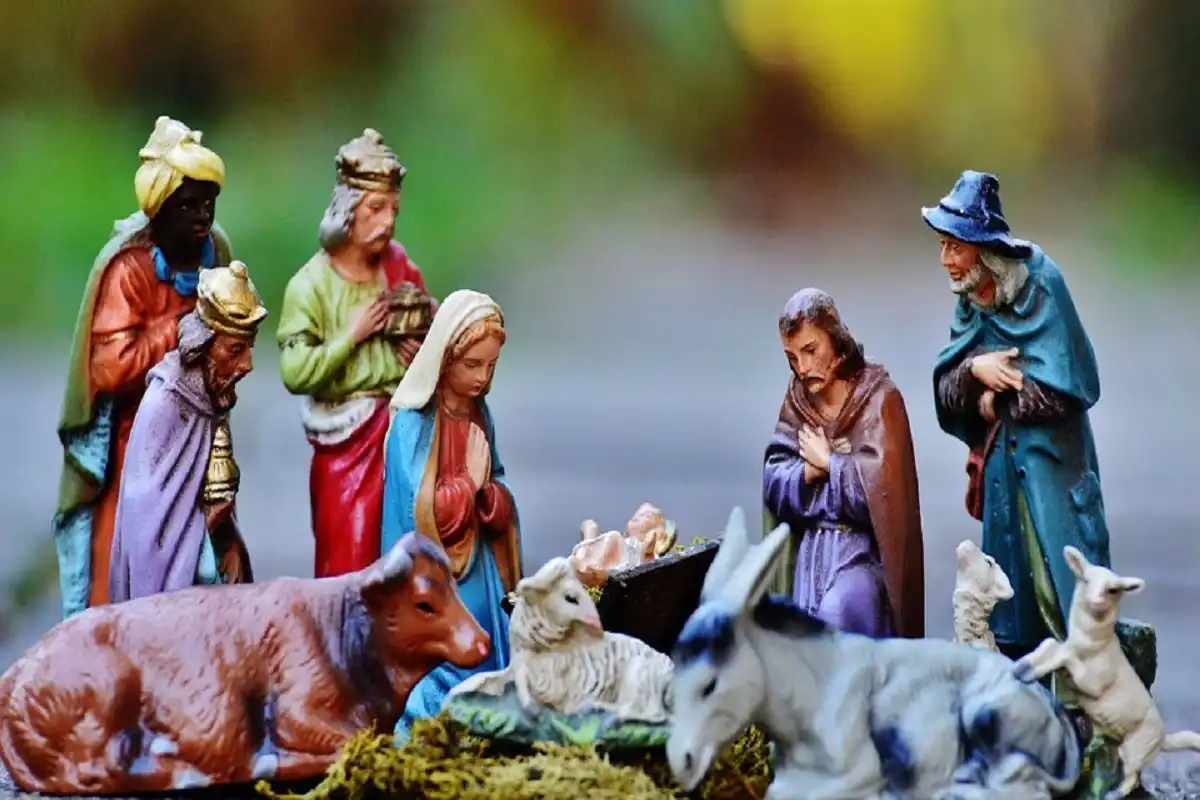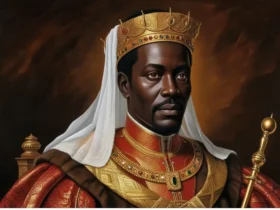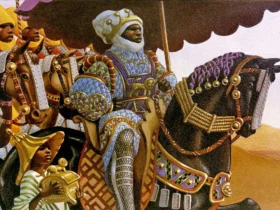Christmas Day, celebrated annually on December 25th, is one of the most cherished and widely observed holidays around the world. It is a time for family gatherings, festive meals, gift-giving, and reflecting on the spirit of love and generosity. But beyond the modern-day celebrations and commercial allure lies a deep and intricate history that intertwines religious significance, cultural traditions, and historical events.
The Birth of Jesus Christ: The Foundation of Christmas day
At its core, Christmas is a Christian holiday commemorating the birth of Jesus Christ, whom Christians believe to be the Son of God and the savior of humanity. The story of Jesus’ birth is chronicled in the Gospels of Matthew and Luke in the New Testament of the Bible. According to these accounts, Jesus was born in Bethlehem to Mary and Joseph, fulfilling ancient prophecies about the coming of a Messiah.
The nativity story is rich with symbolic elements—the star of Bethlehem guiding the wise men, the humble manger signifying Jesus’ modest beginnings, and the angelic proclamation of peace on Earth. These elements have become central to Christmas traditions, depicted in nativity scenes, carols, and plays.
Why December 25th?
The Bible does not specify the exact date of Jesus’ birth, and early Christians did not initially celebrate it. The choice of December 25th as Christmas Day is believed to have been influenced by several factors:
- Pagan Festivals: December 25th coincided with the Roman festival of Saturnalia, a week-long celebration honoring Saturn, the god of agriculture. It also aligned with the Winter Solstice, which marked the rebirth of the Sun in various pagan traditions. By adopting this date, early Christians sought to Christianize these popular festivities and redirect their focus toward Jesus’ birth.
- Symbolism of Light: December 25th was seen as a fitting date because it symbolized the arrival of the “Light of the World” during the darkest time of the year. The association of Jesus with light and hope resonated deeply with Christian theology.
The earliest recorded celebration of Christmas on December 25th dates back to 336 AD during the reign of Roman Emperor Constantine, who had converted to Christianity. In 529 AD, Emperor Justinian declared Christmas a public holiday.
The Evolution of Christmas day Traditions
Christmas as we know it today is a blend of religious rituals, cultural practices, and secular customs that have evolved over centuries. Let’s explore some key elements:
1. Christmas Trees
The tradition of decorating evergreen trees predates Christianity and has roots in pagan practices. Ancient peoples used evergreen boughs to symbolize life and renewal during the winter months. The modern Christmas tree tradition is often traced to 16th-century Germany, where devout Christians brought decorated trees into their homes. The practice gained widespread popularity in the 19th century, particularly after Queen Victoria and Prince Albert showcased a decorated tree in their palace.
2. Santa Claus
Santa Claus, the jolly figure synonymous with gift-giving, has origins in Saint Nicholas, a 4th-century bishop known for his generosity and miracles. His legend evolved over time, influenced by Dutch traditions of Sinterklaas and American adaptations in the 19th century. The iconic image of Santa Claus in a red suit was popularized by Coca-Cola’s advertising campaigns in the 1930s.
3. Caroling
Singing carols during Christmas day has its roots in medieval England, where wassailing—a tradition of singing and drinking to health and prosperity—was common. Over time, carols became associated with religious themes, celebrating the nativity and spreading joy during the festive season.
4. Gift-Giving
The practice of exchanging gifts at Christmas is inspired by the biblical Magi, who brought gifts of gold, frankincense, and myrrh to baby Jesus. In addition, the tradition reflects the Christian principle of generosity and love. Modern gift-giving also ties into secular celebrations, making Christmas a peak season for retail activity worldwide.
5. Feasting
From roasted turkeys and hams to fruitcakes and puddings, Christmas feasts are a highlight of the holiday. The tradition of festive meals can be traced back to ancient winter solstice feasts, which celebrated abundance and community.
Christmas day Around the World
While Christmas is rooted in Christian theology, its celebration varies widely across cultures, reflecting local customs and traditions:
- United States: Christmas day in the U.S. is marked by colorful decorations, Christmas parades, and an emphasis on family time and charity.
- United Kingdom: In addition to traditional meals, the British enjoy pulling Christmas crackers and watching the Queen’s (or now King’s) Christmas message.
- Mexico: Las Posadas, a reenactment of Mary and Joseph’s search for shelter, is a central part of Mexican Christmas celebrations.
- Philippines: Known for having the world’s longest Christmas season, the Philippines celebrates with Simbang Gabi (a series of night Masses) and vibrant parol lanterns.
- Scandinavia: Yule traditions in countries like Sweden and Norway include feasts, candle-lit ceremonies, and the figure of Jól (the Yule Goat).
Modern Challenges and Reflections of Christmas day
In contemporary times, Christmas day faces challenges such as commercialization and cultural shifts. The heavy focus on consumerism has led some to critique the holiday’s deviation from its spiritual and communal roots. At the same time, there is growing recognition of inclusivity, with people of different faiths and backgrounds finding ways to celebrate the spirit of togetherness and generosity.
Conclusion
The story of Christmas day is a testament to humanity’s enduring desire for light, hope, and connection during the darkest days of the year. From its origins in the nativity of Jesus Christ to its incorporation of diverse cultural traditions, Christmas continues to be a holiday of profound significance and joy. As we gather to celebrate this season, let us remember its rich history and embrace the values of love, generosity, and peace that lie at its heart.







